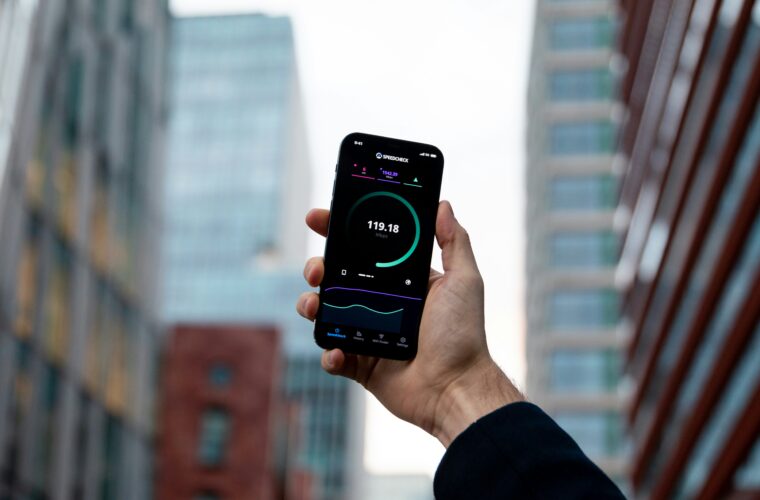Pandemics, war and expected innovations are among the reasons for a market in crisis
The collapse of the smartphone market in the last quarter of 2022 has forced analysts to revise their forecasts for expected shipments in 2023. According to IDC, there will not be the hoped-for 2.8 per cent recovery this year but will remain negative, pending a turnaround in 2024. All postponed to next year, then.
The year 2023 will end with a decline in shipments of 1.1 percentage points to 1.19 billion smartphones. Sixty-two per cent of these will be compatible with 5G networks, a percentage that will grow steadily until it reaches 83 per cent in 2027. A promising trend in a generally negative context will be recorded for foldable smartphones: 22 million units are expected to be shipped in 2023, 50% more than in the previous year, thanks to the reduction in production costs and the growing offer from several brands – not only Samsung with the Galaxy Z Fold 4 and Z Flip 4 but also Oppo Find N2 Flip and Honor Magic Vs, to mention the most recent arrivals in Europe, with OnePlus and Motorola ready to bring their respective proposals to market.
The average selling price (ASP) is then expected to fall again after a period of growth – $334 in 2019 and $415 in 2022: the estimate is $376 at the end of the year. In general, 2023 will be divided into two parts: the first is a direct consequence of the fourth quarter of 2022, thus falling, and the second is gradually rising. In general, as already mentioned at the beginning, an estimated 1.19 billion smartphones will be shipped, 967.7 million of which will be Android and 225 million iOS. In 2027 – thus taking a medium-term view – a recovery is expected, with shipments up by 2.2% to 1.37 billion smartphones.

Salaries Reduction
The fact is that people no longer buy smartphones, at least not as quickly as they changed models years ago. There are some reasons for this, which are not entirely negative. The first is certainly dependent on the long tail of the pandemic. As a result of the health crisis, many people have lost their jobs or seen their salaries reduced. Therefore, what used to be a not-so-necessary custom, i.e. replacing a smartphone every year or at most every two years, is now felt different today.
Moreover, today’s smartphones are more capable of lasting several years than in the past. Just think of iPhones, with Apple guaranteeing iOS updates for at least five or six years. On the Android front, Samsung is doing the same, and many companies have joined in, preferring to retain customers rather than risk them switching to other brands. The ongoing war in Ukraine has done the rest. There is a certain sense of bewilderment among consumers, even in territories as far away from the war as Southern Europe, where the winds threatened by the two factions do not create an atmosphere conducive to economically relevant purchases. The last piece is the revolution brought about by foldable smartphones: why change the model today by choosing a classic one when I can go for a more futuristic foldable one? The problem here is the price: still too high for the average user, who is waiting to see when they will be able to afford this innovative technology, which is still dedicated to the few while waiting for more affordable prices and mass affirmation.



